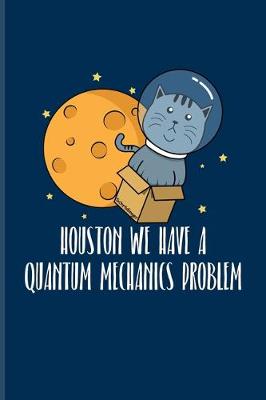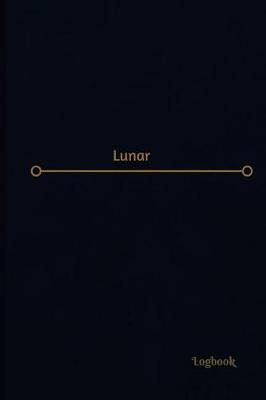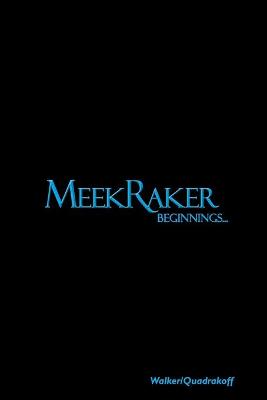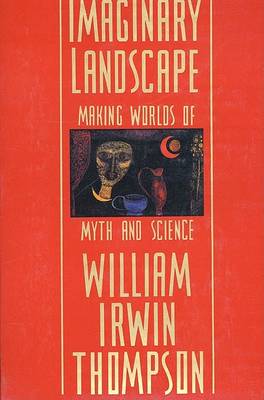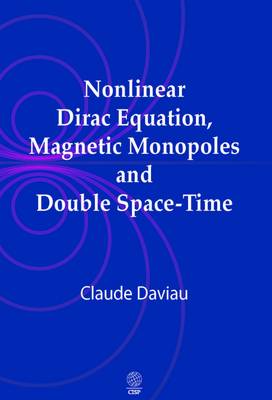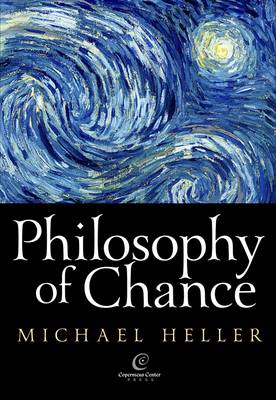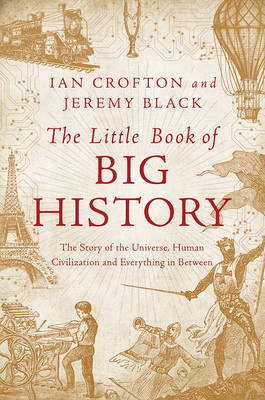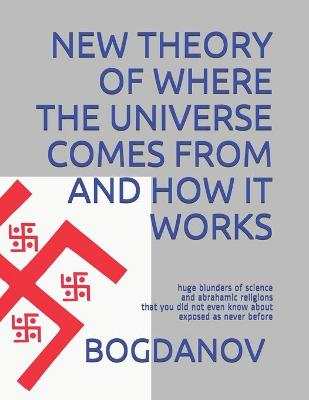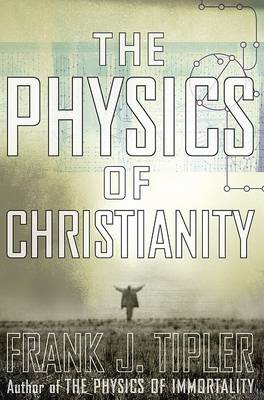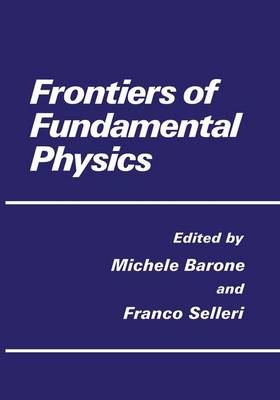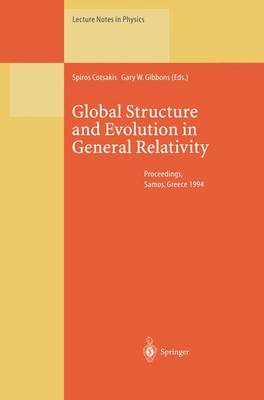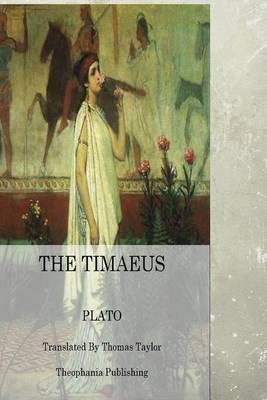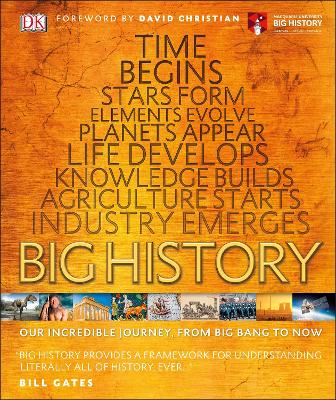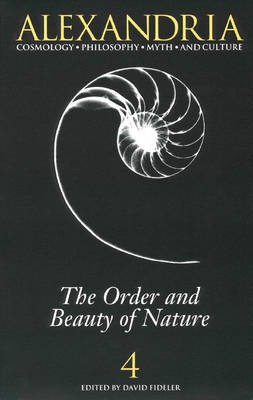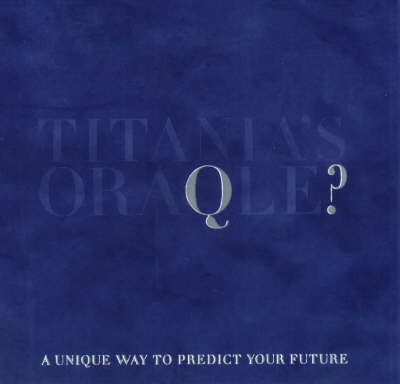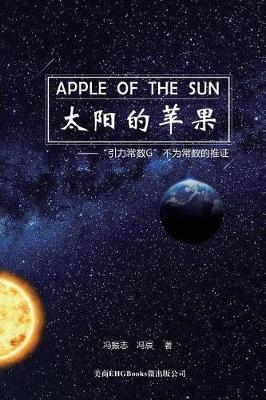Bacon's "Opus Majus" is one of the most influential scientific and philosophical texts of its ages, and the high point of medieval knowledge of the physical sciences. Roger Bacon (c.1214-92) was the forerunner of modern scienfitic method, stressing the importance of systematic observation and experiment in the study of natural phenomena. He was ahead of his time in advocating the use of chemistry in medicine and the sue of mathematics in explaining astronomy and physics. Many of his experiments,...
Lunar Log (Logbook, Journal - 120 pages, 6 x 9 inches) (Centurion Logbooks/Record Books)
by Centurion Logbooks
Nonlinear Dirac Equation, Magnetic Monopoles and Double Space-time
by Claude Daviau
The Little Book of Big History is an endeavor to encapsulate the entire story of the cosmos, from the Big Bang to the current day, into an engaging and comprehensive narrative. Combining methods from history, astronomy, physics, and biology to draw together the big story arcs of how the universe was created, why planets formed, and how life developed, the result is a unique perspective of mankind's place in the universe. Excited by the alternative "framework for all knowledge" that is offered...
New Theory of Where the Universe Comes from and How It Works
by Bogdanov
A highly respected physicist demonstrates that the essential beliefs of Christianity are wholly consistent with the laws of physics. Frank Tipler takes an exciting new approach to the age-old dispute about the relationship between science and religion in The Physics of Christianity. In reviewing centuries of writings and discussions, Tipler realized that in all the debate about science versus religion, there was no serious scientific research into central Christian claims and beliefs. So Tipler...
Global Structure and Evolution in General Relativity (Lecture Notes in Physics, #460)
The five lectures presented in this volume address very timely mathematical problems in relativity and cosmology. Part I is devoted to the initial value and evolution problems of the Einstein equations. Especially it deals with the Einstein-Yang-Mills-Boltzmann system, fluid models with finite or infinite conductivity, global evolution of a new (two-phase) model for gravitational collapse and the structure of maximal, asymptotically flat, vacuum solutions of the constraint equations which have t...
The Timaeus (Focus Philosophical Library) (Loeb Classical Library)
by Plato
Timaeus is one of Plato's dialogues, mostly in the form of a long monologue given by the titular character, written circa 360 BC. The work puts forward speculation on the nature of the physical world and human beings. It is followed by the dialogue Critias. Speakers of the dialogue are Socrates, Timaeus of Locri, Hermocrates, and Critias. Some scholars believe that it is not the Critias of the Thirty Tyrants who is appearing in this dialogue, but his grandfather, who is also named Critias.
"From the formation of the Universe to today, countless major events have changed the course of life on Earth. Aligned with the online Big History Project supported by Bill Gates, Big History puts a wide-angle lens on 13.8 billion years of remarkable history and shows you how and why we got where we are today. With stunning visual timelines and special CGI reconstructions, you can see history's greatest events. Look back to our origins in the stars, explore everything from the birth of the Sun t...
In this intriguing book, Britain's favourite white witch, Titania Hardie, reveals an ancient oraqle based on the witch's thirteen moons, which has been used for generations by her family and friends to catch a glimpse of what is to come. The original oraqle is hundreds of years old and contains 100 questions on the ever-popular themes of love, health, wealth and happiness. To know the future, the reader asks a question, performs a simple concentration spell and allows their fingers to alight on...
Secrets of the Moon: Understanding and Analysing the Lunar Surface provides a unique account of the origin of key features on the lunar surface. Containing historical accounts and the latest observations from the field, in addition to exciting data from the Apollo manned missions, it describes the development of our current understanding of our Moon. It also explores the fracturing of the Moon, a topic not explored in other literature in the area, and contains a statistical treatment of the smal...


